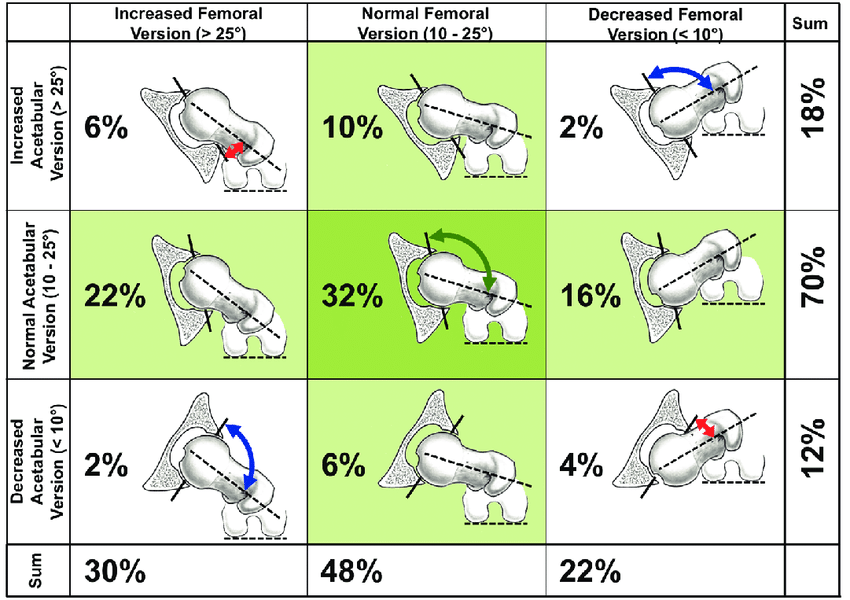If you look through my history I posted about my back a bit over a year ago. I had an MRI which showed a bulged disc, stenosis and facet joint arthritis. I had another back injection, targeted chiro and a lot of PT. To my surprise the PT really made a significant difference. I’ve been able to keep my pain really manageable with PT which is fantastic.
The downside is I started noticing a lot more pain in my hip. The PT also suspected a tear based on the back exam she did. Certain back PT exercises made my hip hurt so we had to modify my plan. I then got an MRI of my hip that showed a large labral tear on the right, a smaller one on the left and bone impingement on the right. To follow the order of insurance I had the hip injected. It provided some relief very short term, the Dr. was mainly using it to confirm the labral tear was causing the pain. Then I went through weeks of PT which just made the hip so much worse. We had to do the easiest exercises possible, decrease to once a week and finally got the all clear to stop thank god. My hip is now more painful and worse than before all of this but the diagnosis is clear and it’s more clear to me seeing how doing exercises with my left didn’t hurt at all how much that right hip is affecting me. I am fairly certain the original tear happened from a bad fall 20 years ago and it’s just progressing or re-tore recently.
So now it’s been recommended that I have the arthroscopic surgery to clean up the impingement and repair the tear. The after care and pain was more than I had expected and I’m a bit nervous. I can’t keep living like this riding is miserable, walking is miserable and believe it or not driving is the worst pain I have to deal with. I also now can’t sleep on that side at all. I’ve read some posts here where it seems like it’s a mixed bag if it helped or not. The posts I found were all from a few years ago. Anyone had this done recently? Any advice?
The Dr. I’ve seen is the hip specialist at a massive ortho practice near me that has great reviews and treats all of the professional sports teams around us. They focus on sports orthopedics which is why I chose them. The initial back Dr. wasn’t great with my hip so I switched to the hip specialist when all of this started. She’s done a lot of these surgeries and I really like her bedside manner which is rare in surgeons.


